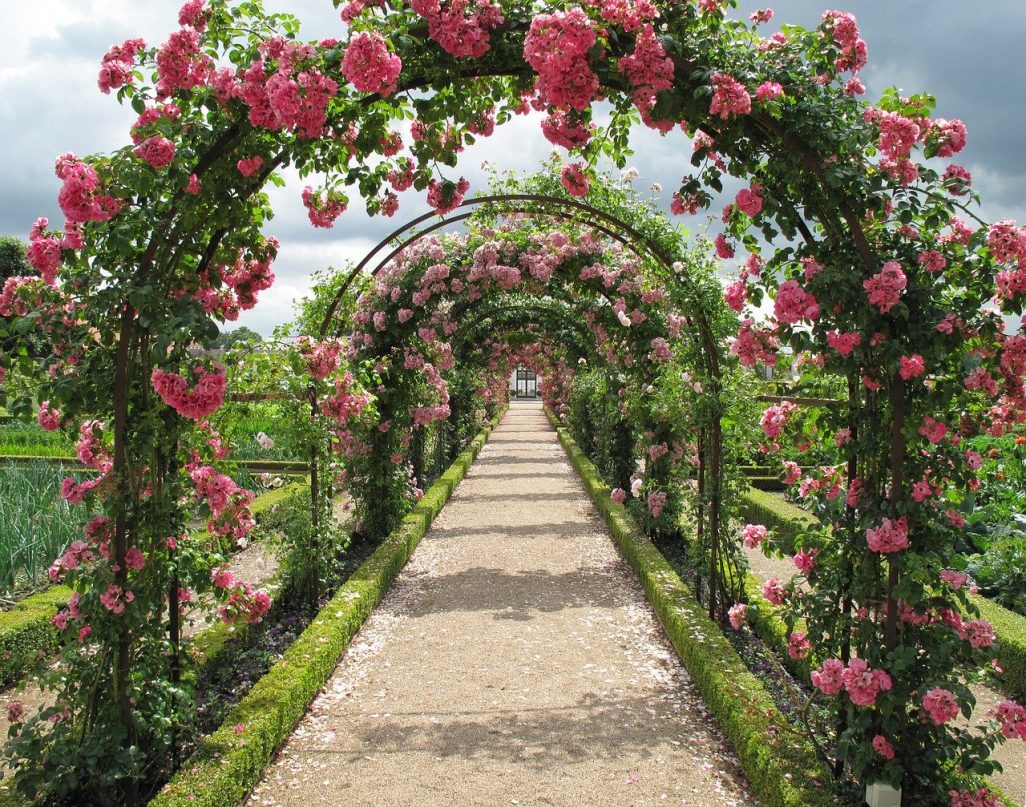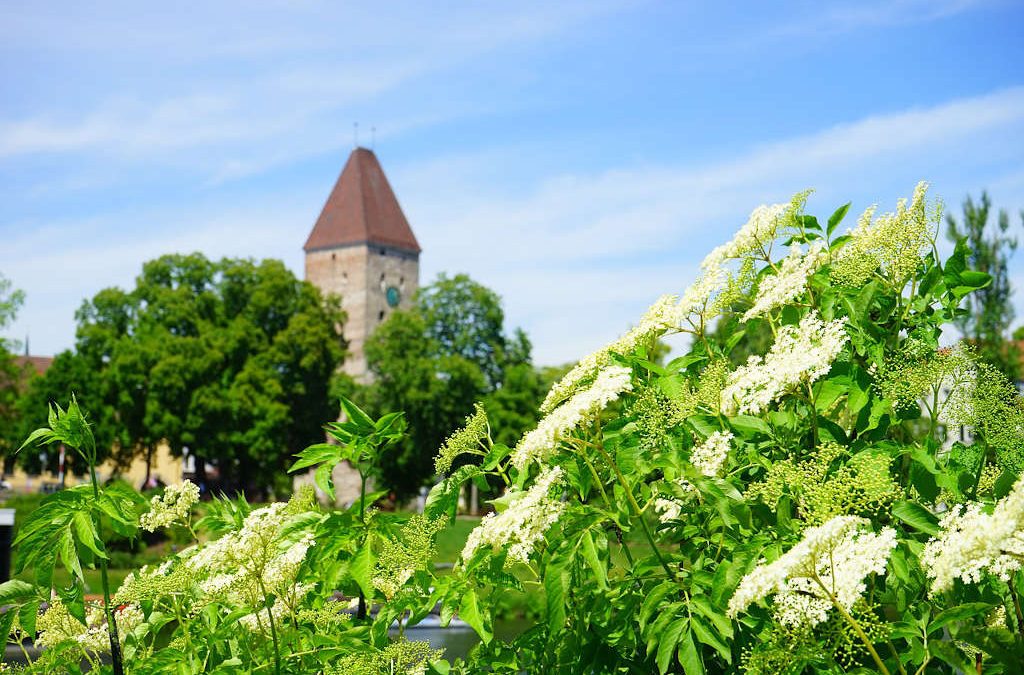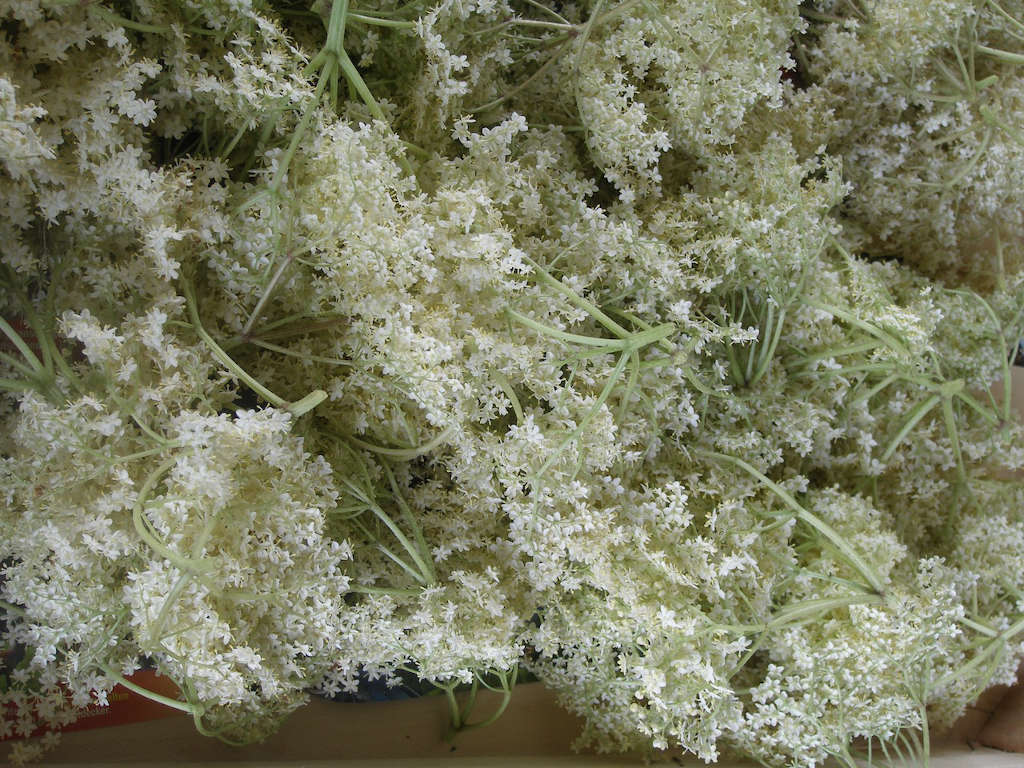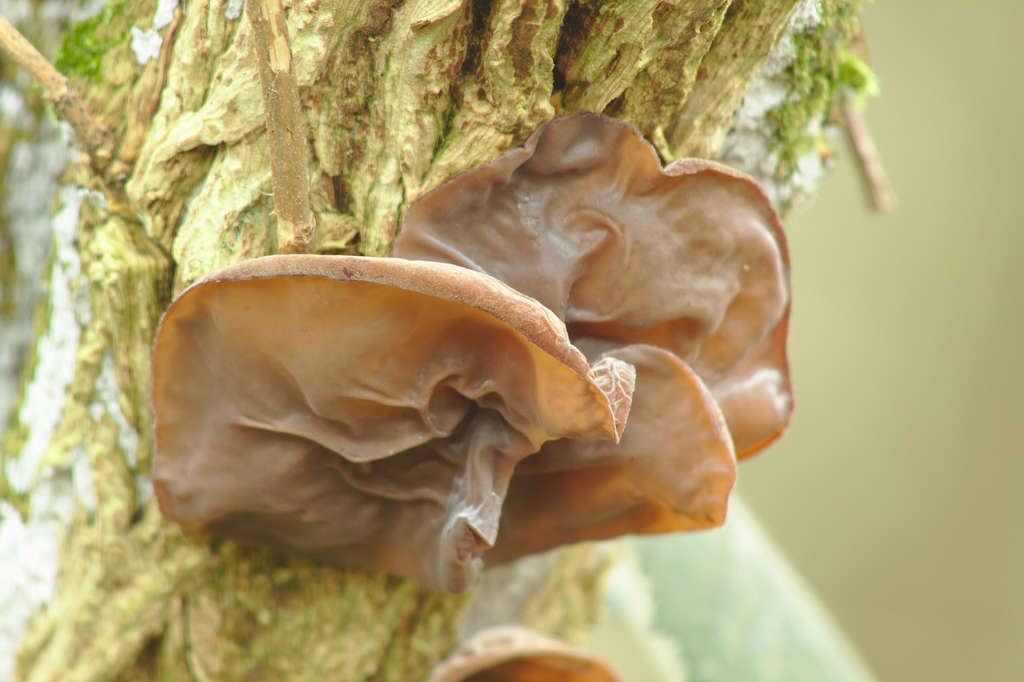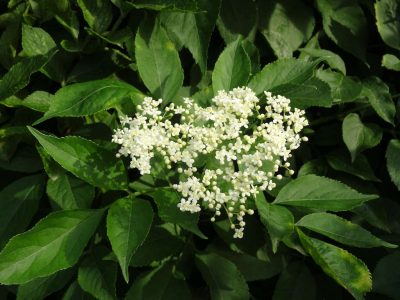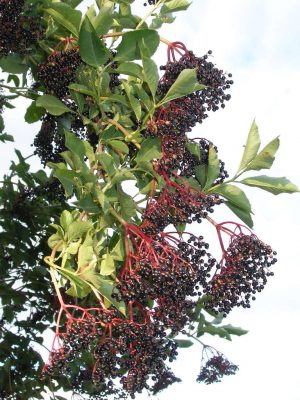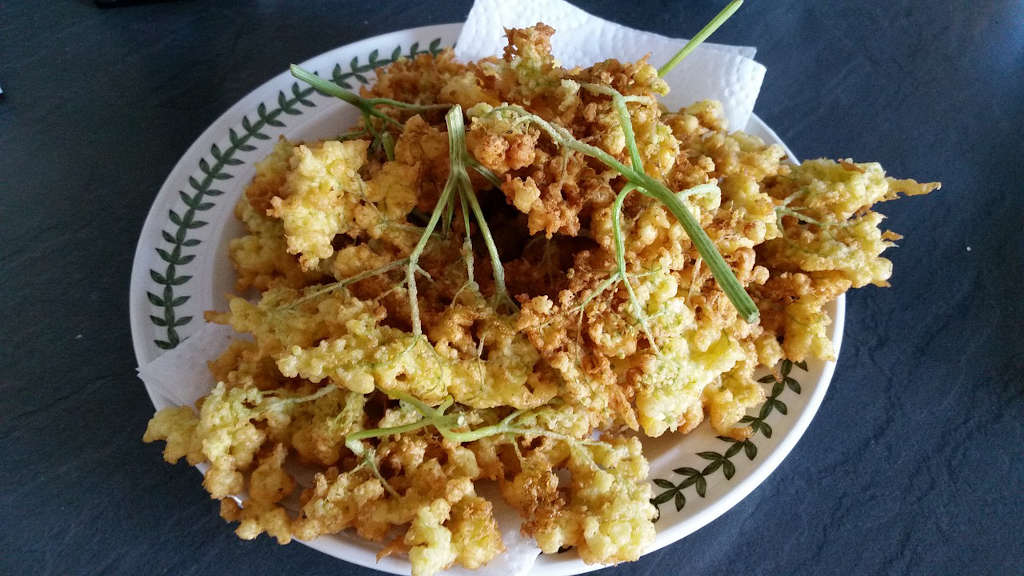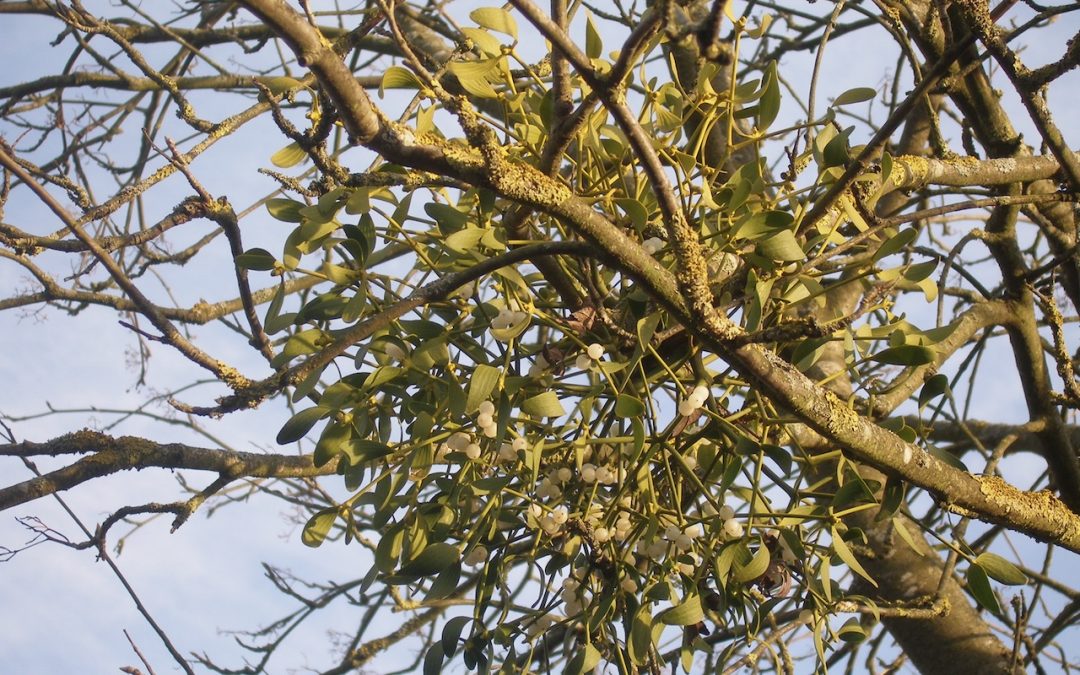
Plant Profile: Mistletoe – Viscum album
Mysterious Mistletoe (Viscum album L.)
SYNONYMS:
English: Bird Lime, Birdlime Mistletoe, Mystyldene, Lignum Crucis, All-heal,
German: Affolter, Donnerbesen, Heil aller Schäden, Hexenbesen, Nistel, Vogelleimholz, Heiligholz, Heilkreuzholz, Drudenfuss, Wintergrün,
French: Herbe de la Croix, Gui de Chêne
DESCRIPTION:
Mistletoe is an evergreen parasitic plant that sustains its greenish-yellow leaves throughout the winter. It becomes especially apparent once the leaves of its host have dropped. It certainly looks quite strange, this yellowish ball hanging high up in the tree.
Mistletoe’s growing habit is distinctly round. Its twigs bifurcate frequently, and its elongated, oval leaves always grow in opposite pairs. The tiny, inconspicuous yellowish flowers appear in May, but the translucent whitish pea-sized berries don’t ripen until late in the year.
Birds, particularly thrushes, spread the seeds. The fruit flesh of the berries is very sticky (hence the Latin name ‘Viscum album meaning ‘white sticky stuff’). The birds love those berries but the gooey stuff clings to their beaks which they clean by wiping them on the branches they happen to sit on. If the sticky stuff contains a seed then it has found a perfect spot to sprout. Soon it sends out a sucker rootlet that penetrates the bark and taps the sap of the host tree for nutrients and water. The berries, although loved by birds, are toxic to humans.
The Mistletoe is not all that choosey when it comes to its host. Although it is most commonly found on deciduous trees it is also occasionally found on conifers. The belief that it is frequently found growing on Oaks is a misconception that originates in the druidic lore. Druids always collect Mistletoe, which they consider sacred, from Oak trees, but it is actually rare to find it growing there. It is much more commonly found growing on apple trees, poplars, and lime trees.
Mistletoes belong to the family of Loranthaceae, which comprises some 75 genera and about 1000 species. Not all of them are parasitic but many of them are. Three Australian species are even terrestrial.
ECOLOGY:
Although Mistletoe is a parasite and as such is dependent on the host-plant for its nutrients and water, it does not rely on it for carbon dioxide. Since Mistletoe produces green, chlorophyll-containing leaves, it can perform its own photosynthesis. (Technically, it is thus a hemiparasite – it only partially depends on the host plant for its survival.)
As a rule, mistletoe does not kill the host-plant.

HISTORY, MYTHOLOGY, AND FOLKLORE
The mysterious Mistletoe, airborne between heaven and earth, has always been a source of wonder. Where did it come from? How could it sustain itself, without roots, yet bear leaves and fruit, even in the winter, long after the life-force has retreated into the womb of the earth?
The Druids revered the Mistletoe as the holiest of holies, especially when it appeared oaks, their most sacred tree. The Mistletoe was their ‘Golden Bough’, the key to the heavens and to the underworld. The mysterious plant was regarded as the reproductive organs of Thor, the god of thunder, who also presided over the sacred oak tree. In the druidic tree calendar, December 23 belongs to the Mistletoe. It is the day on which it was ceremoniously cut:
Accompanied by prayers the chief druid would ascend into the tree to cut the unearthly Mistletoe with his golden sickle. Utmost care was taken to prevent the herb from touching the ground. The other druids stood below holding up a white cloth on which they caught the branches of the sacred herb. To mark the holy occasion they also sacrificed two white bulls, dressed with garlands.
Thus, the regenerative power of the solar deity was joined in sacrifice to the moon goddess as the female counterpart in this fertility rite. The blessing was meant to bestow abundance and protection against all evil at the birth of the new solar year. On this day the male and female forces of the universe were held in balance by the power of this symbolic union. By extension, this meant a harmonization of all opposites, a state of perfect balance at the turning point of the year. A festival of wild abandon followed the sacred sacrifice.
Much tamer and somewhat superficial remnants of these ancient and long-forgotten ritual enactments have survived even to the 21st century. Mistletoe twigs still hang above the entrance of the home at Christmas time, giving license to kiss even strangers, and thereby receive the blessing of the humble twig – even if nobody remembers why.
In some of the rural, more traditional areas of France young children can occasionally be seen spreading Mistletoe blessings on New Years Day. Running through the village, shouting ‘Au gui l’an neuf’ (gui de chêne – Mistletoe) they dedicate the New Year to the Mistletoe and thus invoke its protective powers.
Mistletoe was believed to fend off all evil, all bad spirits, and harmful witches’ spells. It was sometimes worn as an amulet for protection, fertility, and abundance.
Norse Mythology – Baldur’s Death
Norse Mythology reveals a darker, but related aspect of Mistletoe’s symbolism. The story tells of Baldur, the divine solar hero, son of Frigg and Odin, who was killed by a twig of Mistletoe. It is said that he would not return until after doomsday when he will bring in a new era of light, a new ‘golden age’.
The beautiful young sun god Baldur was plagued by visions of his imminent death. Obviously, he grew concerned. When his parents found out about his troubles they too grew concerned. But his mother Frigg hatched a plan: She would go on a mission to obtain sacred oaths from everything and everybody in Valhalla. And so she went to ask all the elements, all the stones, all the trees, the plants, and even the venomous beasts to promise that they would not kill her beloved Baldur. All swore never to harm the beautiful boy – all except one: the Mistletoe. Frigg never thought it necessary to ask such a feeble plant not to do any harm. She simply did not think that it would be capable of such a deed.
Satisfied with all these promises Frigg declared her son invincible. Henceforth, shooting arrows and throwing stones at Baldur, none of which could harm him, became a favorite pastime among the gods. Indeed, taking shots at Baldur came to be a way to honor him.
But trouble was brewing in heavenly abode. The jealous God Loki somehow learned that the Mistletoe had never sworn that oath. Thus, he went straight to it and enlisted it in his wicked plan. With a sharpened twig of Mistletoe, he returned to the Gods’ assembly, where everyone was having fun taking shots at the invincible Baldur. Only his blind brother Hodur was left out. Slyly, Loki went up to Hodur, asking ‘why don’t you show honor to your brother and take a shot at him?’ ‘I can’t see and nor do I have anything to throw’, Hodur answered. ‘Here, I will help you’, Loki offered, passing Hodur the Mistletoe twig and helping him to direct his arrow. In an instant, Baldur was slain.
The Gods were aghast and horrified, shocked and angered, swearing to avenge the attack. One of Baldur’s other brothers was quickly dispatched to follow him to the Underworld. He was to plead with the Goddess of death, to allow Baldur to return to the heavens.
His plea was granted but under one condition: all the gods and all the other beings of the earth, living or dead must weep to express their sorrow. Or else Baldur would have to remain in the Underworld until doomsday. After hearing this, all the gods and all the beings of the earth, living and dead wailed and wept – all but Loki. And so it came to pass that we must wait for doomsday before the young sun god may return (which, judging by the way things are going, can’t be too far off…) .
This story follows the classic pattern of the solar hero myth, complete with the promise of resurrection and renewal after a period of darkness – a perfectly appropriate myth for the celebration of the winter solstice, which marks the birth of the Sun God.
Mistletoe in Christian Mythology
Thus it is not surprising that the Mistletoe also found its way into Christian mythology as well. It is said that the wood from which the cross was fashioned came from the Mistletoe and that this so upset the pious plant that it retreated into a hermit-like existence, taking up residency between heaven and earth, and becoming parasitic.
Mistletoe in Greek Mythology – Aeneas Journey to the Underworld
In Greek mythology, Mistletoe was also associated with the Underworld. Here, the sacred bough presented the key with which a living mortal could enter the Underworld and return unharmed to the world of the living. The story is told in the annals of Aeneas.
Using the powers of the golden bough the young hero Aeneas enters the Underworld with the ancient Sybil as his guide. His mission is to seek his father to seek his guidance and advice. Eventually, he finds him and receives his teachings concerning the cycles of life and death, for which he had come. Eventually, he returns safely to the world of the living. Mistletoe is the key to his destiny. It opened the gates to the underworld, where the hero is transformed. He returns to the world of the living, spiritually reborn.
Magical Powers: Protection, the key to life’s mysteries, fertility, abundance, blessings, peace, harmony, the balance of opposites, love, transformation. Astrologically this herb is governed by the Sun and Jupiter.
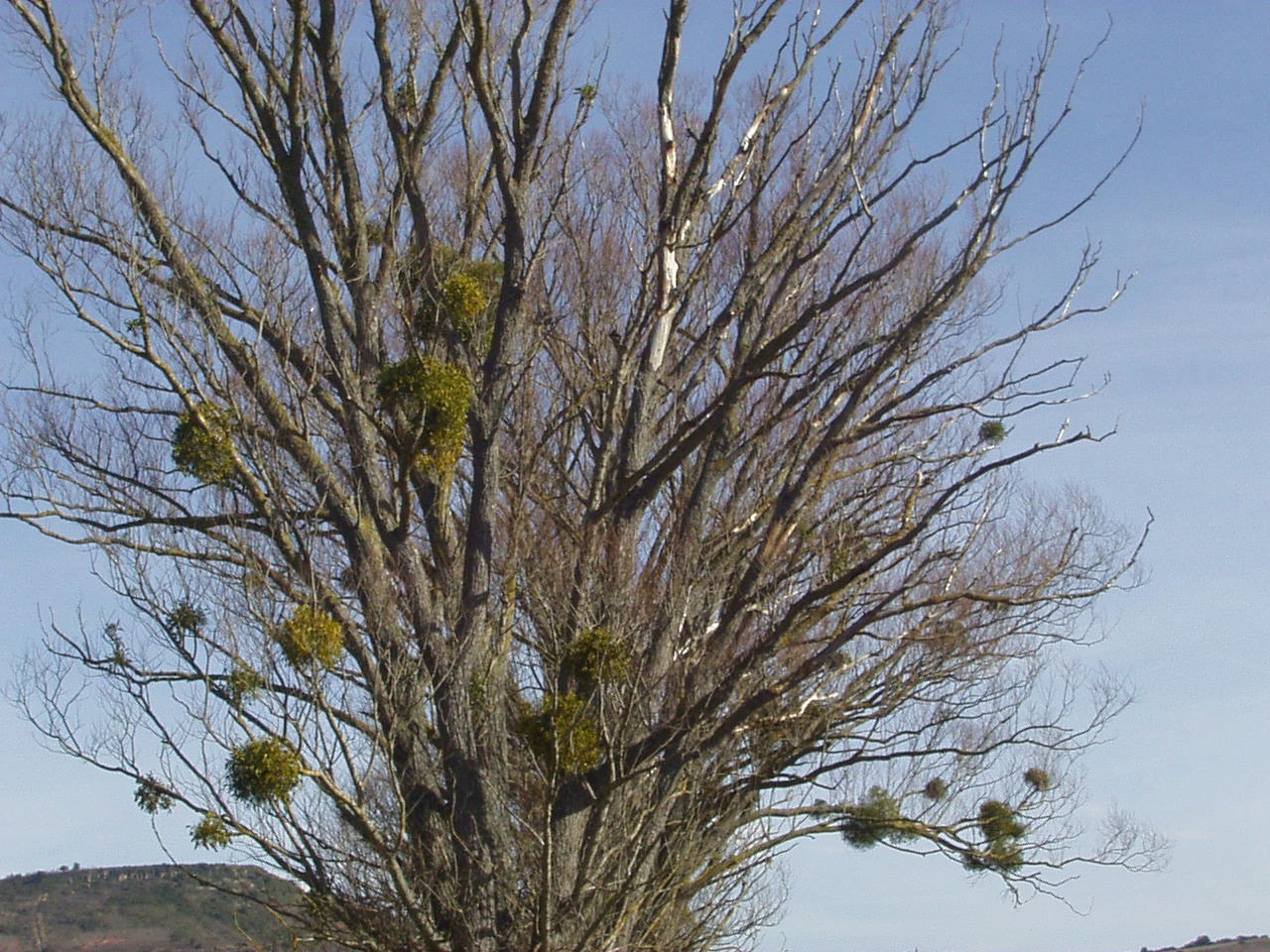
MEDICINAL USES
PARTS USED: Leaves and Stems
HARVEST: Autumn, before the berries form
CONSTITUENTS: These may vary depending on the host plant. Viscotoxin, triterpenoid saponins, choline, proteins, resin, mucilage, histamine, traces of an alkaloid
ACTIONS: Anti-tumour, cardioactive, nervine, tonic
INDICATIONS: Stress, nervous conditions, heart problems, epilepsy
Internal Use:
Not only the myths and lore of mistletoe are interesting. This herb is also interesting from a medicinal point of view. Most notably it is recommended as a remedy for epilepsy, particularly childhood epilepsy. There are not many herbs that are indicated for this affliction. This treatment seems to suggest a homeopathic approach, as large doses of the herb, and especially the berries, actually cause fits and convulsions. At one point Mistletoe was considered specific for this affliction and was also used to treat various other nervous conditions, such as hysteria, delirium, convulsions, neuralgia. It was also used for urinary disorders and certain heart conditions, especially those related to nervous conditions (stress). In ancient times, mistletoe amulets were worn to ward off epileptic attacks (thought to be caused by possession).
Mistletoe has cardio-active properties that can strengthen the pulse and regulate the heart rate while simultaneously dilating the blood vessels, thus lowering the blood pressure. This alleviates symptoms related to high blood pressure such as headaches and dizziness. However, from the literature, it is not entirely clear in which form Mistletoe should be administered for this effect. Some sources claim that the cardio-active principle is only effective if applied by injection, while others recommend standard teas, tinctures, and extracts. One source states that the active constituents are destroyed by heat and should be extracted by means of a cold infusion. In recent years another interesting property of Mistletoe has caught the interest of science: its cancer-fighting properties. Mistletoe is now regularly used as an anti-tumor agent in naturopathic cancer treatment,
Culpeper says:
‘The Birdlime doth mollifie hard Knots, Tumors, and Impostumes, ripeneth and discusseth them; and draweth forth thick as well as thin Humors from the remote places of the Body, digesting and separating them’
Recent research has confirmed Mistletoe’s cytotoxic properties in vitro and to some degree in vivo. It also stimulates the immune system response thus increasing the white blood cell count. Both of these properties have brought Mistletoe into focus as a candidate for Cancer and Aids research, which has lead to the development of a Mistletoe drug used in chemotherapy. Studies have shown both equal and better survival rates in patients treated with certain Mistletoe preparations compared to standard chemotherapy drugs. Most importantly, perhaps, the patients who had received the Mistletoe treatment have reported a better quality of life than the control group who had received standard chemotherapy. Mistletoe does not produce nausea and hair loss associated with other cytotoxic chemotherapy agents. However, a possible negative side effect of subcutaneous treatment is a local infection at the site of injection. For detailed study results check out:
Cancer therapy with phytochemicals: evidence from clinical studies
http://www.ncbi.nlm.nih.gov/pmc/articles/PMC4418057/
Mistletoe is also said to regulate digestive functions and able to cure chronic constipation, probably via a stimulating effect on the gall bladder and the metabolic rate in general.
Older sources also recommend it as a treatment for sterility and menstrual difficulties. This would make sense where such problems stem from underlying nervous system issues such as stress, tension, hysteria, or fear.
External Use:
External use of Mistletoe is no longer common, but older sources describe the preparation of a plaster (mix with wax to make an ointment) which can be applied to hardened swellings and tumors. Mistletoe can also be added to crèmes in order to soothe sensitive or sore skin. Such crèmes are disinfectant and soothing while reducing abnormal cell production. Mistletoe thus suggests itself as an additive for lotions designed to soothe psoriasis and anti-dandruff shampoos.
CAUTION: The berries are poisonous. This potent herb is not suitable as a home remedy. Consult a doctor or herbal practitioner before use.

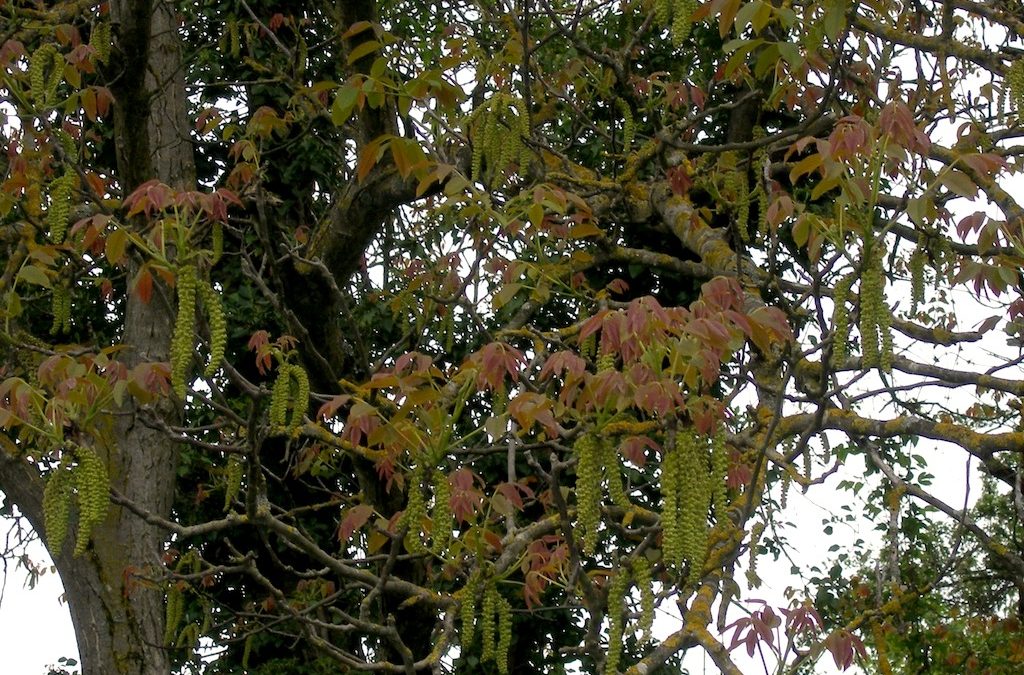
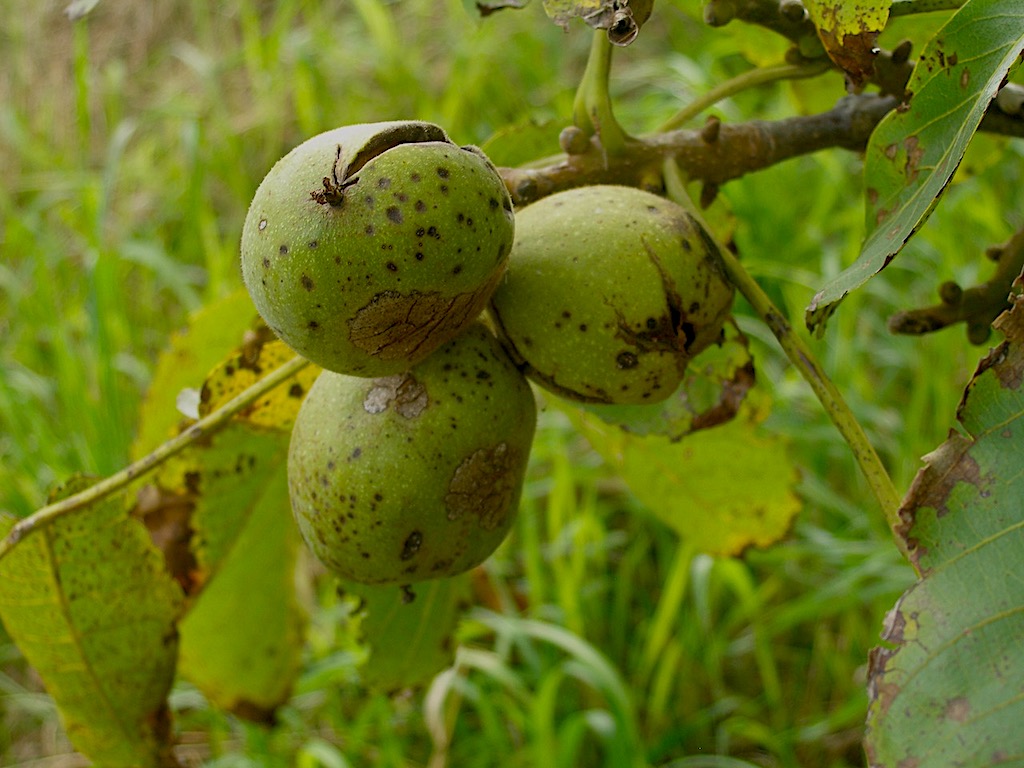
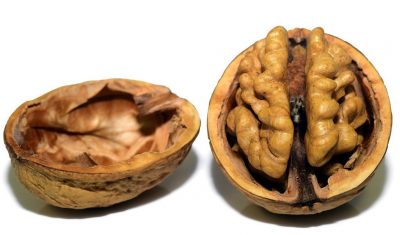
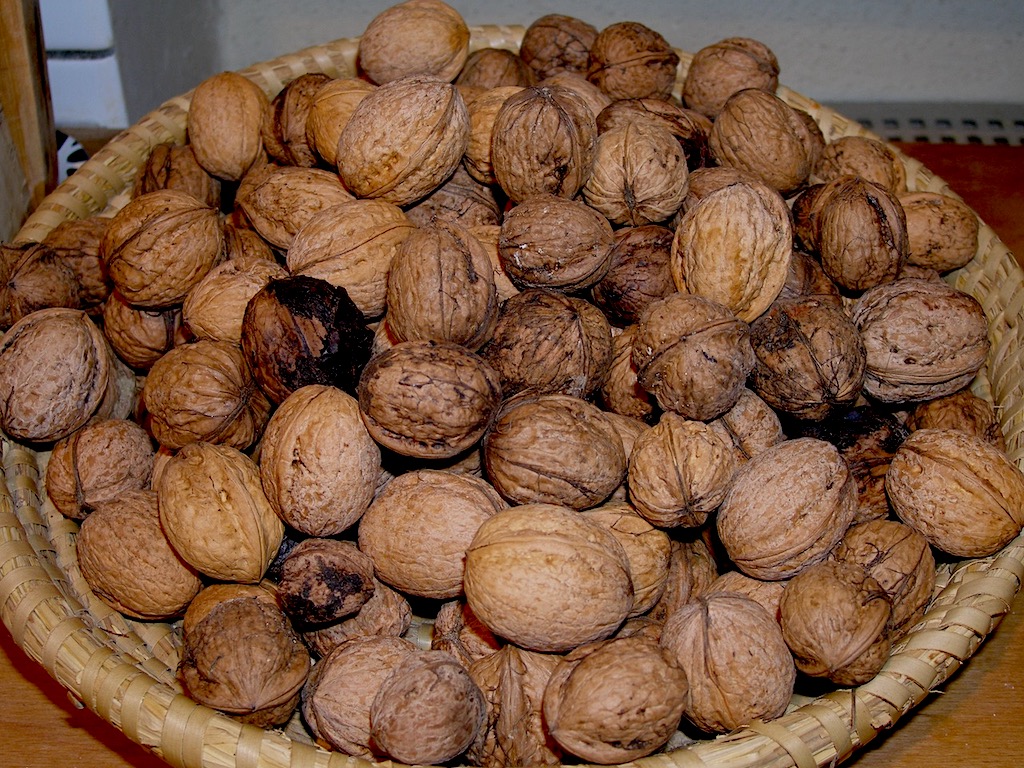

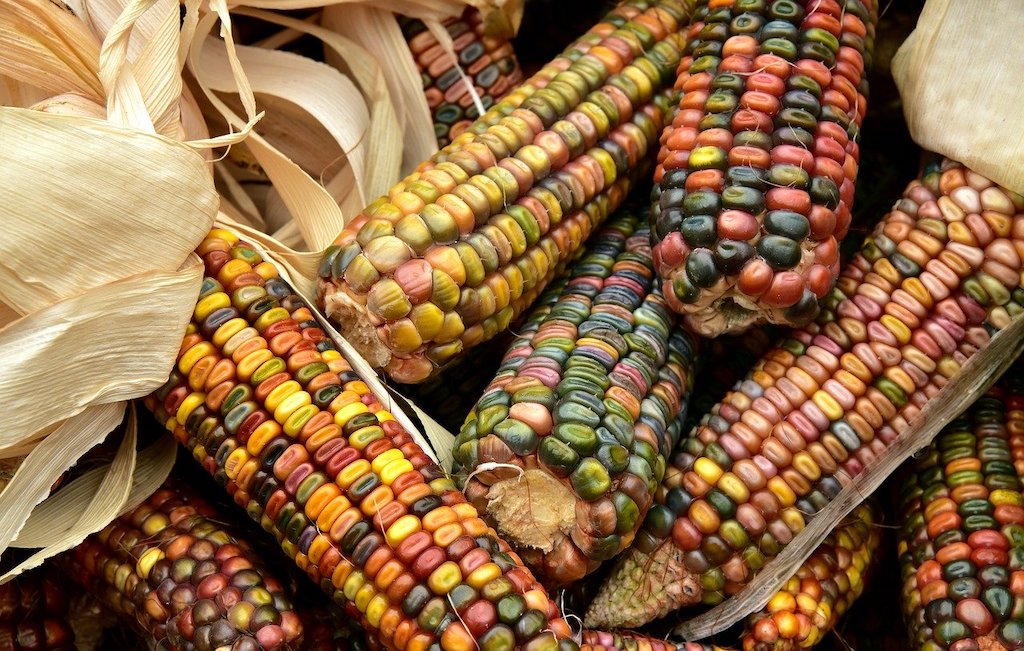
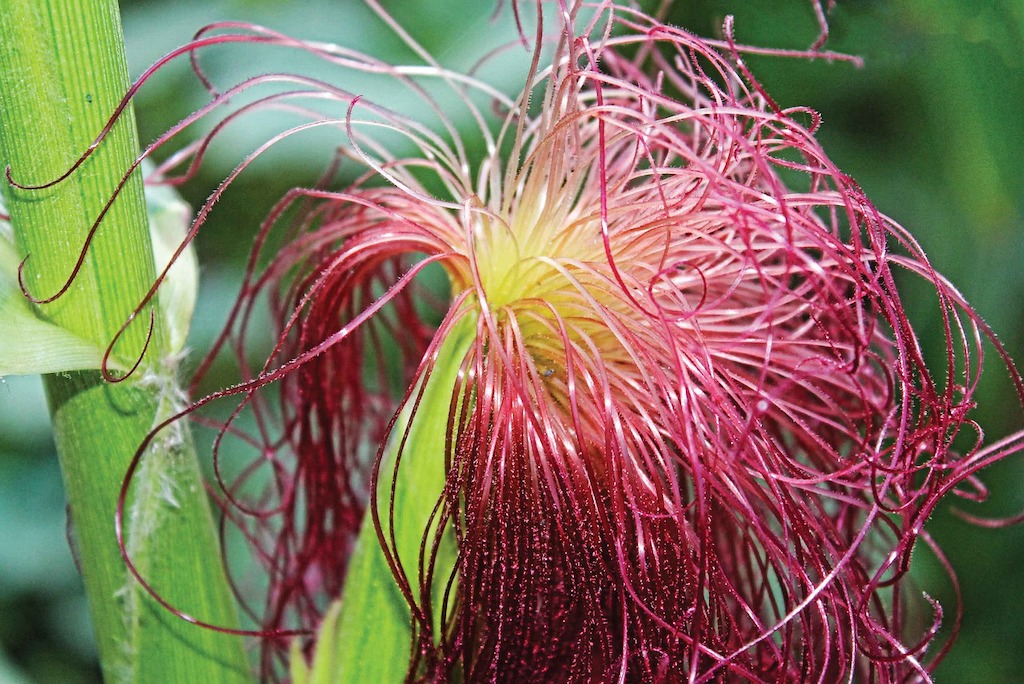
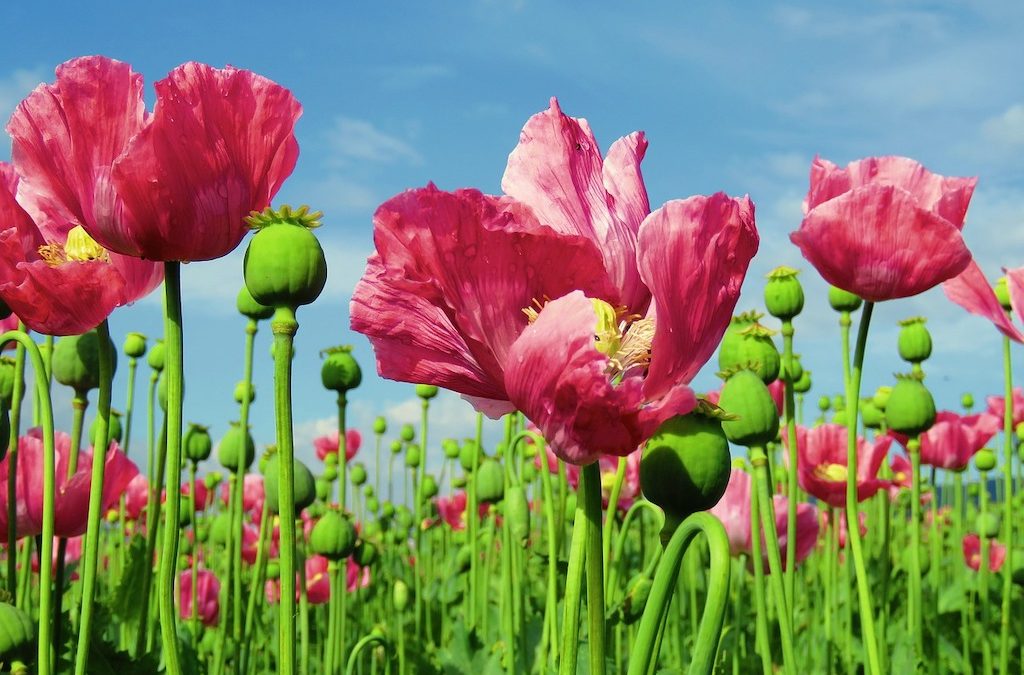
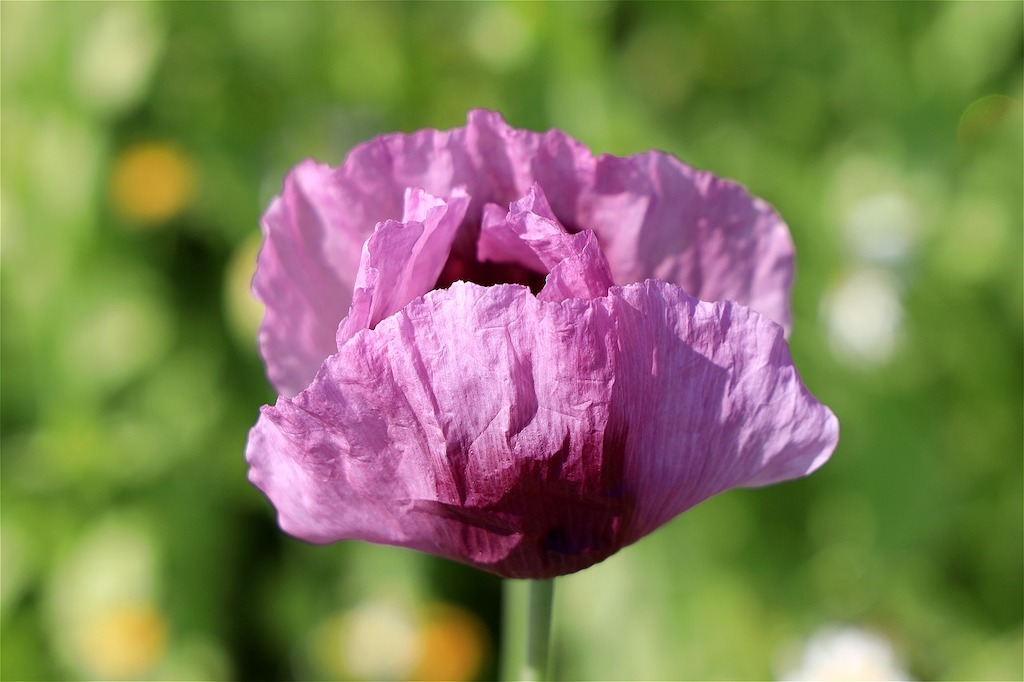
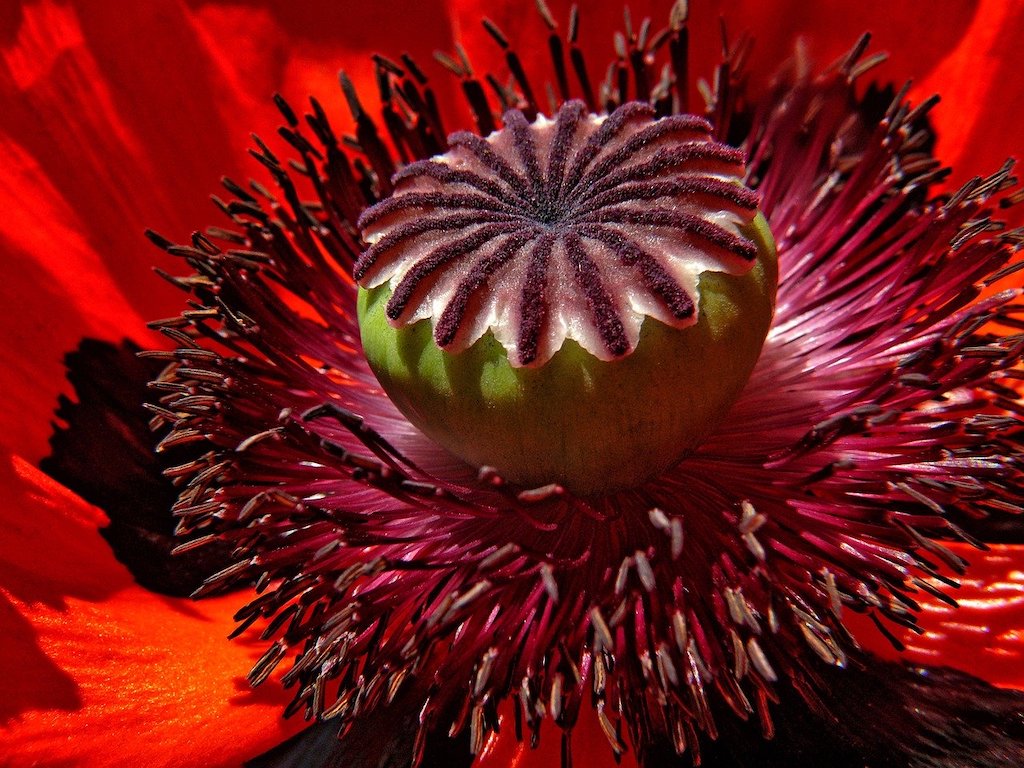
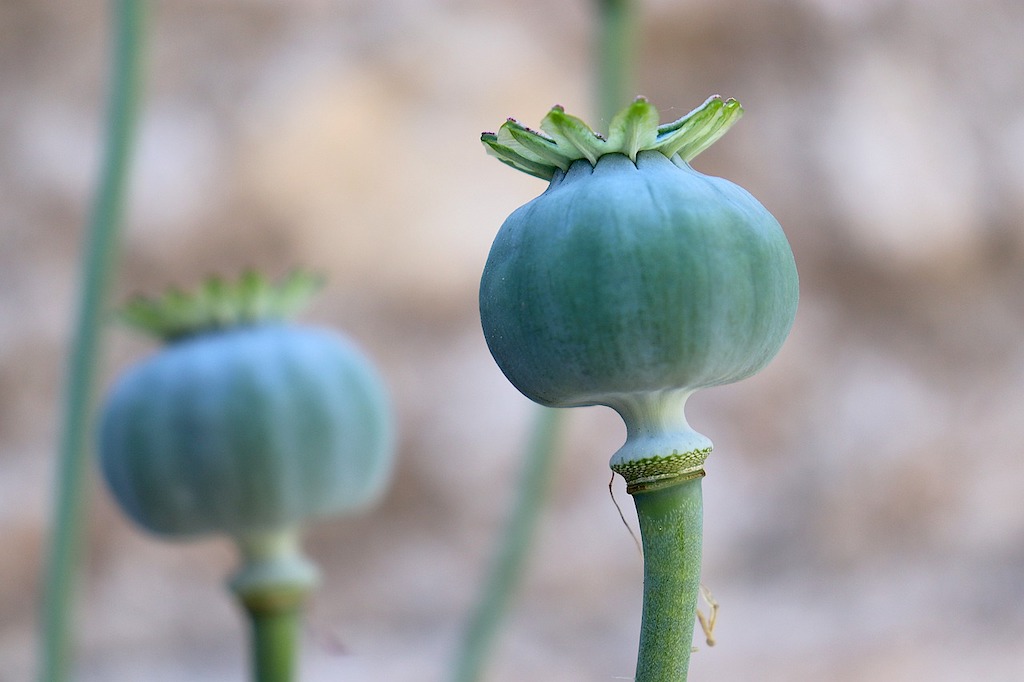
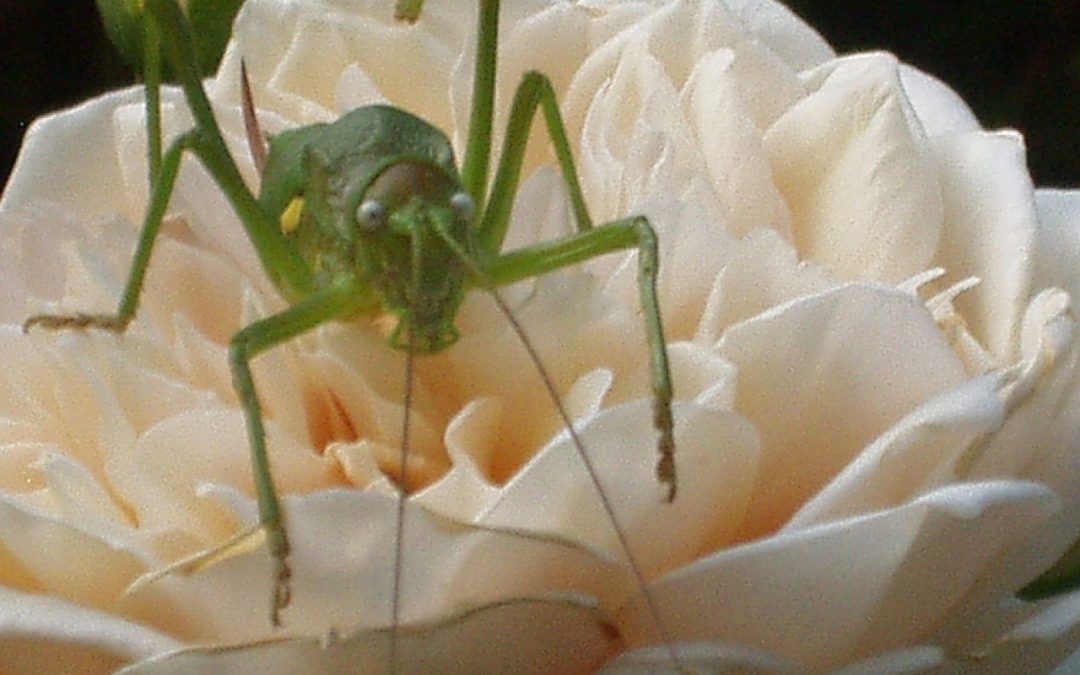
 History & Mythology
History & Mythology